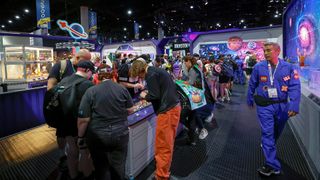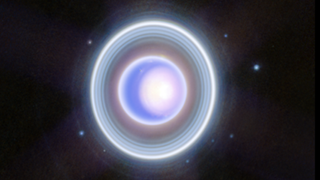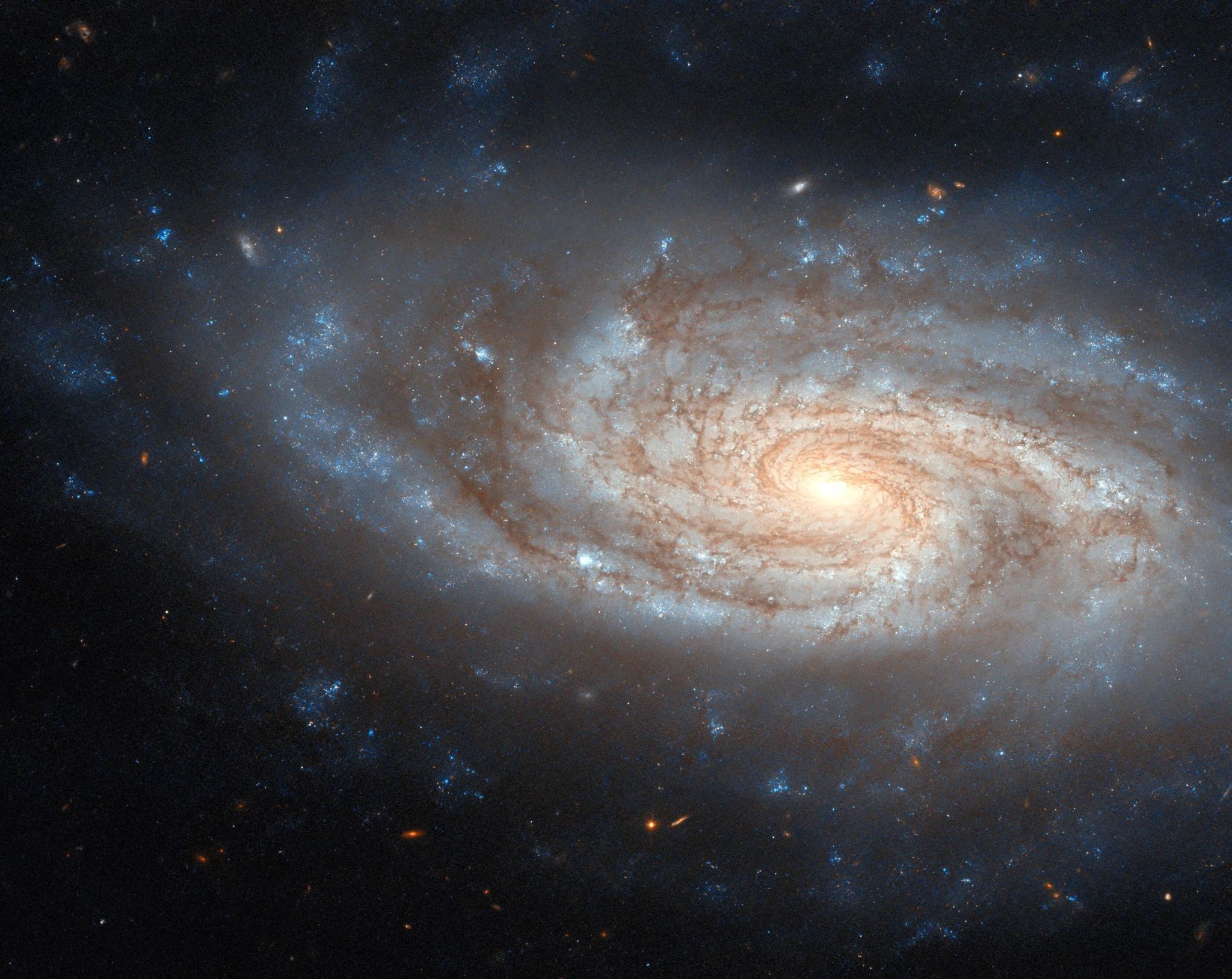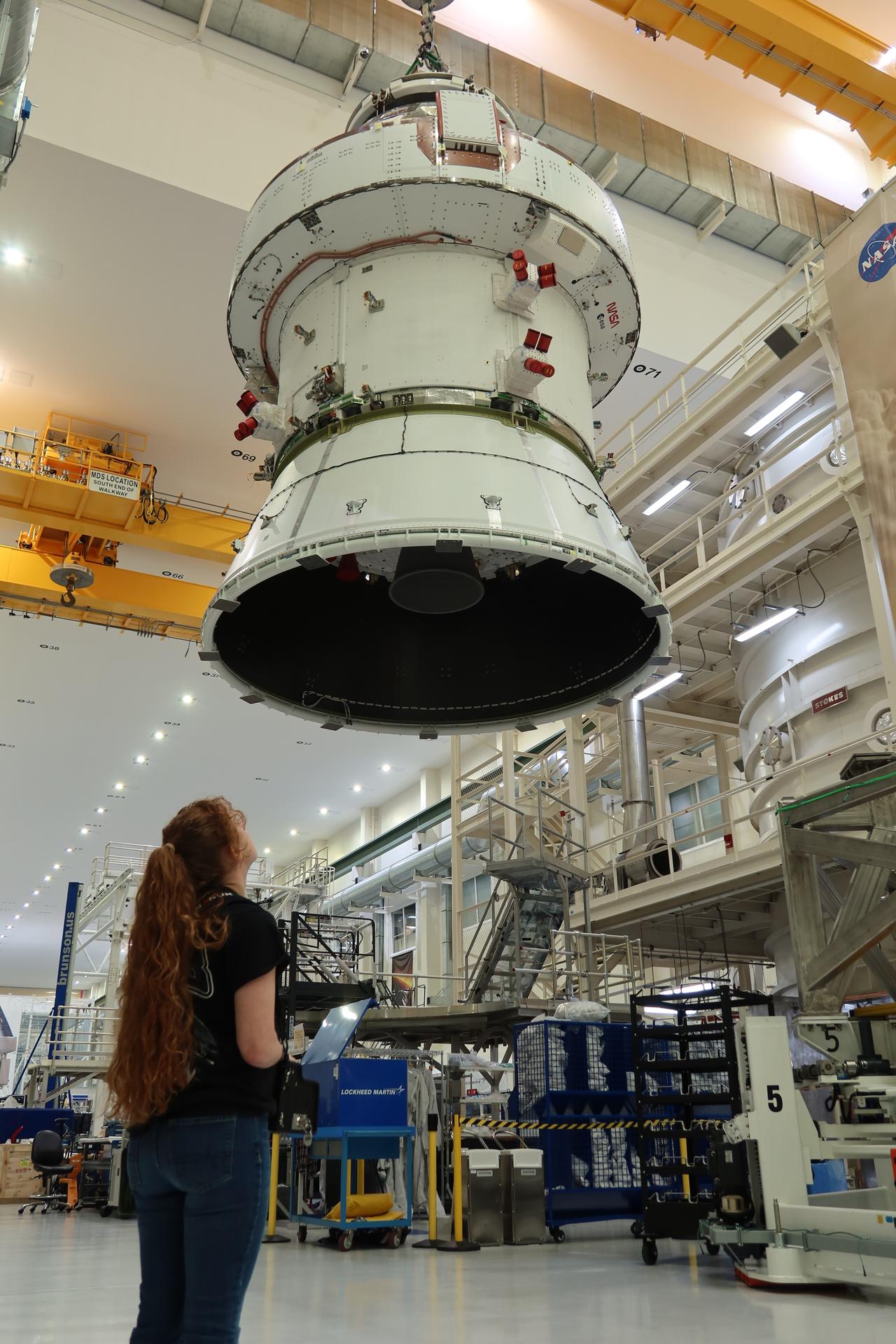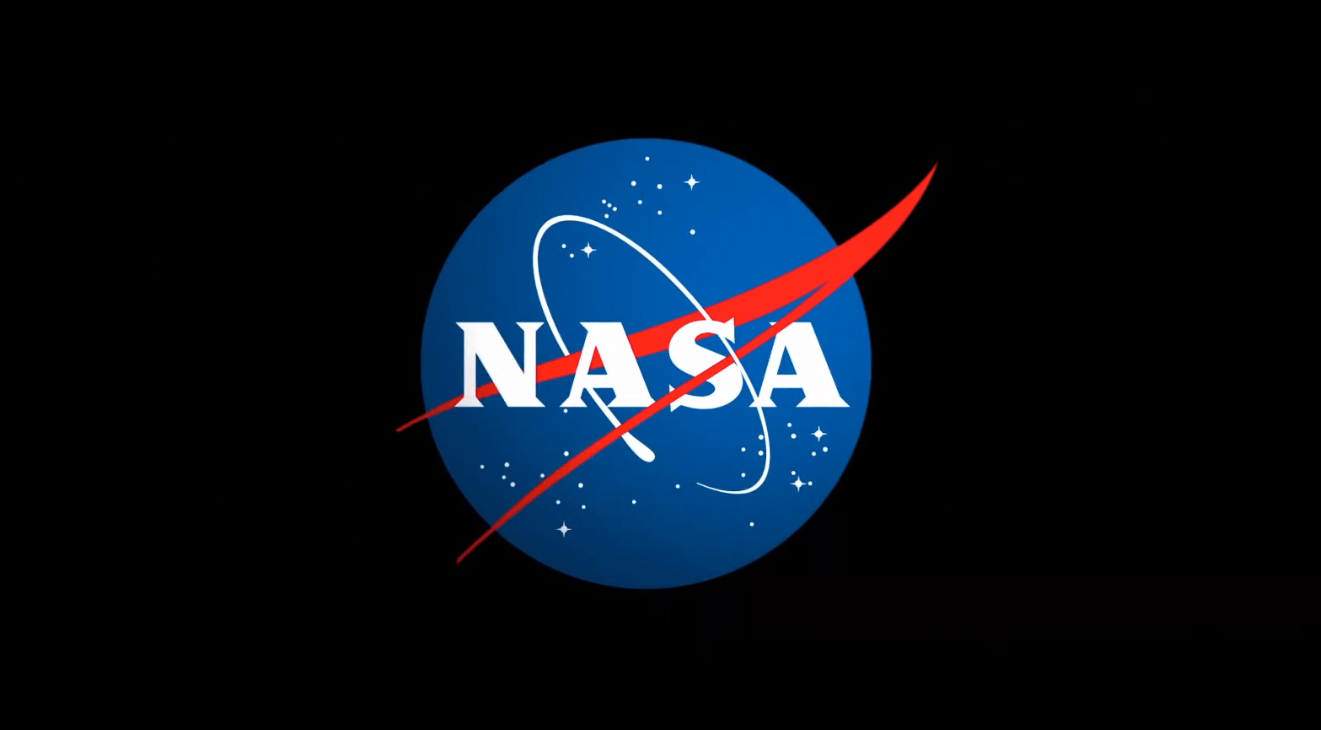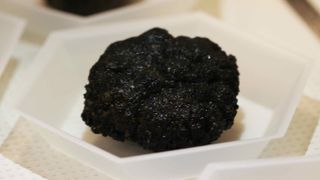Lego is recruiting new members for its “mission crew,” issuing rocket builders with an exclusive mission patch at this year’s San Diego Comic-Con (SDCC). The toy company has launched “Space Station 8R1CK5,” a sprawling booth that highlights many of its recent space-themed building sets within a setting that was inspired by both sci-fi and real-life orbiting outposts. Show-goers will find photo opportunities, panels and show-only opportunities inside Space Station 8R1CK5 (booth 2829), which is open through the convention’s close on Sunday (July 29). “Space is an endless playground for imagination…
Read MoreMonth: July 2024
A moon of Uranus could have a hidden ocean, James Webb Space Telescope finds
Using the James Webb Space Telescope (JWST), astronomers discovered that Ariel, a moon of Uranus, could be hiding in a buried liquid water ocean. The discovery could supply an answer to a mystery surrounding this Uranian moon that has perplexed scientists: the fact Ariel’s surface is covered with a significant amount of carbon dioxide ice. This is puzzling because at the distance Uranus and its moons exist from the sun, 20 times further out from the sun than Earth, carbon dioxide turns to gas and is lost to space. This…
Read MoreSun blasts out most powerful flare of current solar cycle, sends massive coronal mass ejection into space (video)
On Tuesday (July 23), Europe’s Solar Orbiter (SolO) spacecraft witnessed an extremely powerful X14 class solar flare erupt from the far side of the sun. Although it was not the most powerful flare ever recorded, which was estimated at roughly a X45 back in 2003, solar flares of this magnitude can result in longer-lived radiation storms and even world-wide blackouts if they are directed at Earth. The X-class are the leaders on the classification scale, and blast out energy 10 times more powerful than M class flares, which is second…
Read MoreThree NASA Interns Expand Classroom Access to NASA Data
3 min read Preparations for Next Moonwalk Simulations Underway (and Underwater) This summer, NASA welcomed interns with professional teaching experience to help make the agency’s data more interactive and accessible in the classroom. Their efforts are an important step in fostering the education and curiosity of the Artemis Generation of students who will shape the future workforce. Diane Ripollone: Making Activities Accessible for Low-Vision Students In the center, Diane Ripollone smiles in a blue jacket with the blue, white, and red NASA logo on the left and a SOFIA patch…
Read More‘Wonderlab’ host Emily Calandrelli will fly to suborbital space with Blue Origin
The Space Gal is headed to the final frontier, as part of Space for Humanity’s Citizen Astronaut Program. Emily Calandrelli, known for her Emmy-nominated Netflix science series “Emily’s Wonder Lab,” was selected to launch to suborbital space as a citizen astronaut ambassador with Blue Origin, though the launch date has not yet been set. “I’m incredibly grateful for the opportunity to fly with Blue Origin,” Calandrelli, a West Virginia native, said in a statement from Space for Humanity. “I look forward to representing my home state in this way and…
Read MoreHubble Images a Classic Spiral
ESA/Hubble & NASA, C. Kilpatrick This NASA/ESA Hubble Space Telescope image treats viewers to a wonderfully detailed snapshot of the spiral galaxy NGC 3430 that lies 100 million light-years from Earth in the constellation Leo Minor. Several other galaxies, located relatively nearby to this one, are just beyond the frame of this image; one is close enough that gravitational interaction is driving some star formation in NGC 3430 — visible as bright-blue patches near to but outside of the galaxy’s main spiral structure. This fine example of a galactic spiral holds a…
Read MoreNASA Returns to Arctic Studying Summer Sea Ice Melt
5 Min Read NASA Returns to Arctic Studying Summer Sea Ice Melt NASA's Gulfstream III aircraft taxis on the runway at Pituffik Space Base as it begins one of its daily science flights for the ARCSIX mission. Credits: NASA/Gary Banziger What happens in the Arctic doesn’t stay in the Arctic, and a new NASA mission is helping improve data modeling and increasing our understanding of Earth’s rapidly changing climate. Changing ice, ocean, and atmospheric conditions in the northernmost part of Earth have a large impact on the entire planet. That’s…
Read MoreNASA’s Orion Spacecraft Gets Lift on Earth
Crane operator Rebekah Tolatovicz, a shift mechanical technician lead for Artic Slope Regional Corporation at NASA’s Kennedy Space Center in Florida, operates a 30-ton crane to lift the agency’s Artemis II Orion spacecraft out of the recently renovated altitude chamber to the Final Assembly and Systems Testing, or FAST, cell inside NASA Kennedy’s Neil A. Armstrong Operations and Checkout Building on April 27. During her most recent lift July 10, Tolatovicz helped transfer Orion back to the FAST cell following vacuum chamber qualification testing in the altitude chamber earlier this…
Read MoreNASA Selects Marshall Logistics Support Services II Contractor
Credit: NASA NASA has awarded the MSFC Logistics Support Services II (MLSS II) contract to Akima Global Logistics, LLC to provide logistics support services at the agency’s Marshall Space Flight Center in Huntsville, Alabama. The performance-based indefinite-delivery/indefinite-quantity contract has a maximum potential value of $96.3 million. The contract begins on Sunday, Sept. 1 with a one-year base period, followed by one-year option periods that may be exercised at NASA’s discretion. Under the competitive 8(a) contract, the company will be responsible for providing logistics services supporting NASA Marshall’s institutional operational framework.…
Read MoreDiscovery of ‘dark oxygen’ from deep-sea metal lumps could trigger rethink of origins of life
Potato-size metallic nodules strewn across the Pacific Ocean seafloor produce oxygen in complete darkness and without any help from living organisms, new research reveals. The discovery of this deep-sea oxygen, dubbed “dark oxygen,” is the first time scientists have ever observed oxygen being generated without the involvement of organisms and challenges what we know about the emergence of life on Earth, researchers say. “When we first got this data, we thought the sensors were faulty, because every study ever done in the deep sea has only seen oxygen being consumed…
Read More